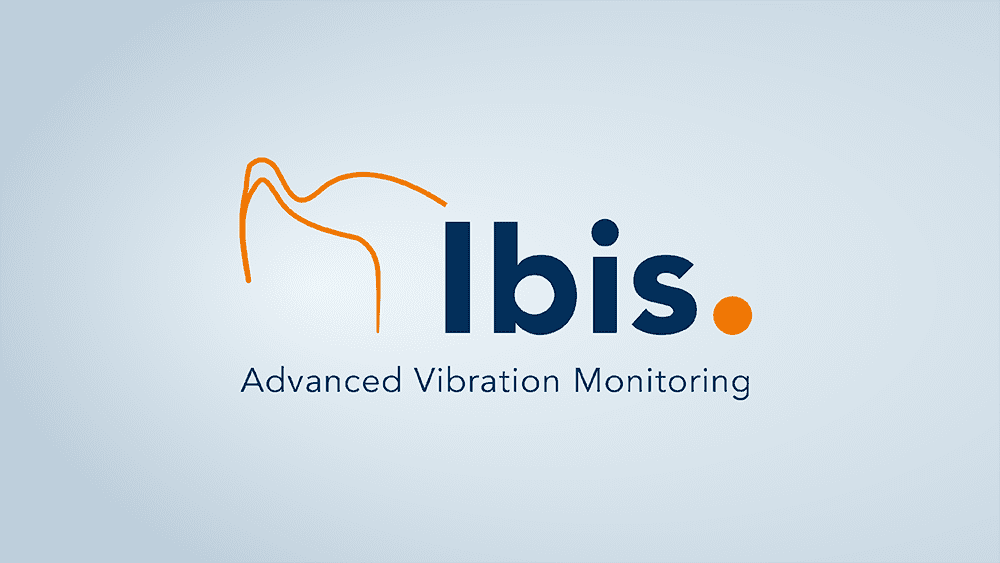Glossary » Vibrations
V like vibrations
Vibrations
What are vibrations?
Vibration refers to repeated rapid movements or oscillations around a position of equilibrium. These movements can occur in various forms, including mechanical Oscillationacoustic waves, electromagnetic radiation and subatomic particles. Vibrations can occur in nature or be caused by human activities.
Vibrations in machines
In relation to machines, vibrations refer to the periodic or cyclic movements of machine parts during operation. These movements can be caused by irregularities in operation, uneven load distribution, wear, inaccuracies in manufacturing or other disturbances. Vibrations can occur in various machine parts, including motors, gears, bearings and other moving components.
There are two main types of vibration in machines:
Free vibrations
These occur when a machine component returns to its natural vibration mode after a malfunction. This type of vibration can be very destructive if left unchecked, as it can lead to fatigue and premature wear.
Forced vibrations
These are caused by an external source, for example, imbalances, tooth gaps or other irregularities in the machine design. Forced vibrations occur at the frequency of the driving force and can lead to resonance effects where the amplitude of the vibration increases greatly. This can cause damage to machine components if they are not properly damped.
We offer suitable products for condition monitoring of your machines
Problematic vibrations in machines
Vibrations in machines can cause various Cause problemsincluding increased wear, reduced component life, poorer product quality and even safety risks for operators. It is therefore important to monitor and analyse vibrations in machines in order to identify potential problems at an early stage and take appropriate action. This can be achieved through the use of Vibration sensorsanalysis tools and damping techniques to minimise the effects of vibrations and ensure the reliability and efficiency of the machines.
Reduce vibrations in machines
Vibrations in machines can be reduced by various measures. Here are some approaches to minimise vibrations:
Balancing
Imbalances in rotating parts such as engines or propellers can cause vibrations. Balancing these parts ensures that they are evenly distributed to reduce vibrations.
Damping
The use of damping materials such as rubber isolators or special damping elements can help absorb vibrations before they are transmitted to other parts of the machine.
Increase stiffness
Increased structural rigidity in key machine components can reduce the effects of vibration by minimising vibration.
Maintenance and servicing
Regular inspections and maintenance help to detect wear and other problems in good time and to rectify them before they lead to increased vibrations.
Computer aided analysis
Through the use of software for Vibration analysis engineers can identify the causes of vibrations and take targeted measures to reduce them.
Vibration insulation
By using vibration-isolated foundations or mounts, machines can be decoupled from their subsoil to reduce the transmission of vibrations.
Preventive measures
When designing new machines, measures to reduce vibrations should be considered from the outset. This may include the selection of suitable materials, component geometries and damping techniques.
It is important to stress that the specific measures to reduce vibrations depend on the type of machine, the operating conditions and the causes of the vibrations. It is advisable to consult an expert to make an accurate diagnosis and find the most appropriate solutions for the specific problem.
We offer you the service of Vibration investigation to determine vibrations and reduce them with the help of appropriate measures, such as balancing.
